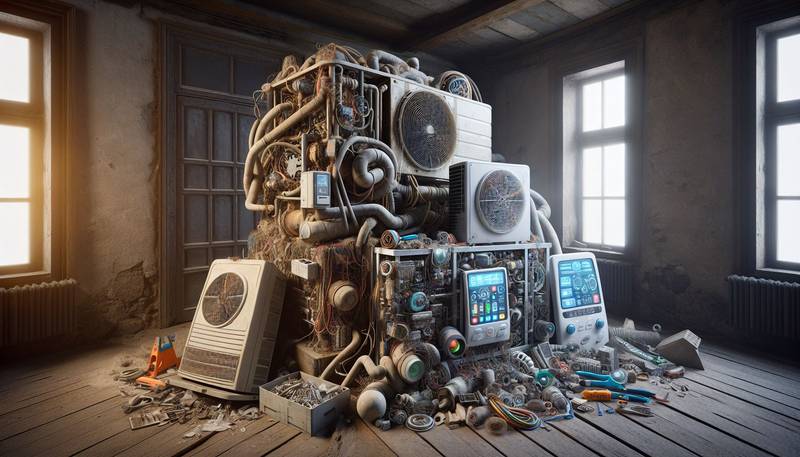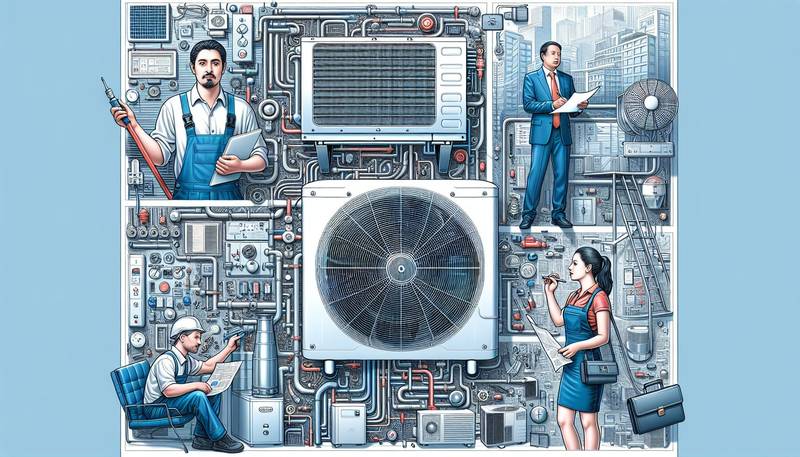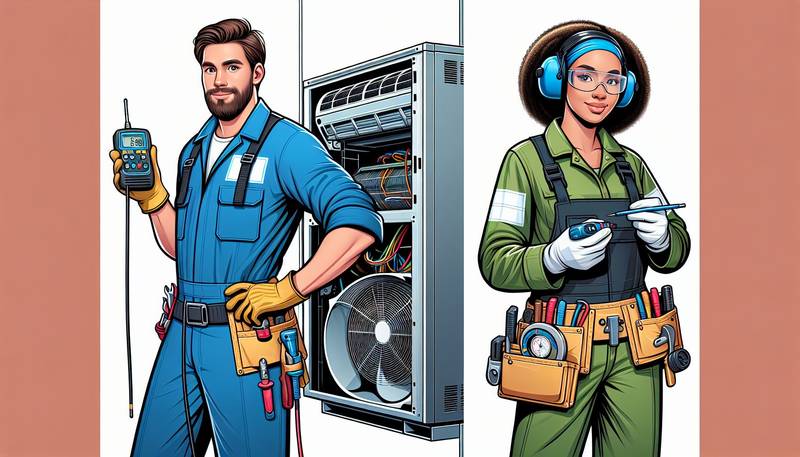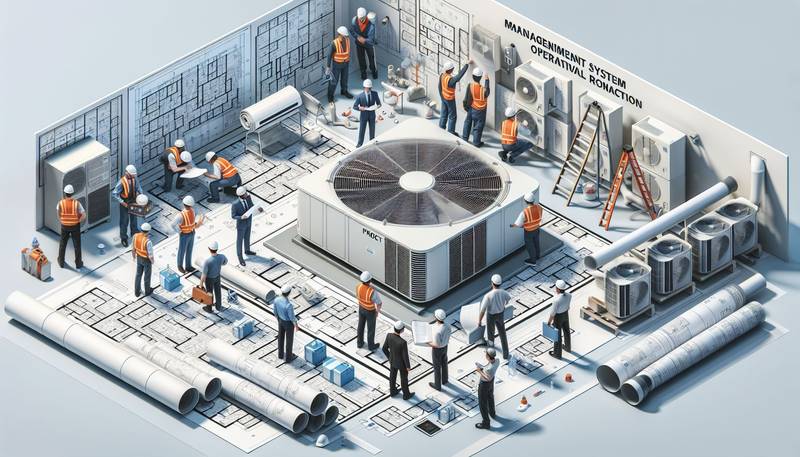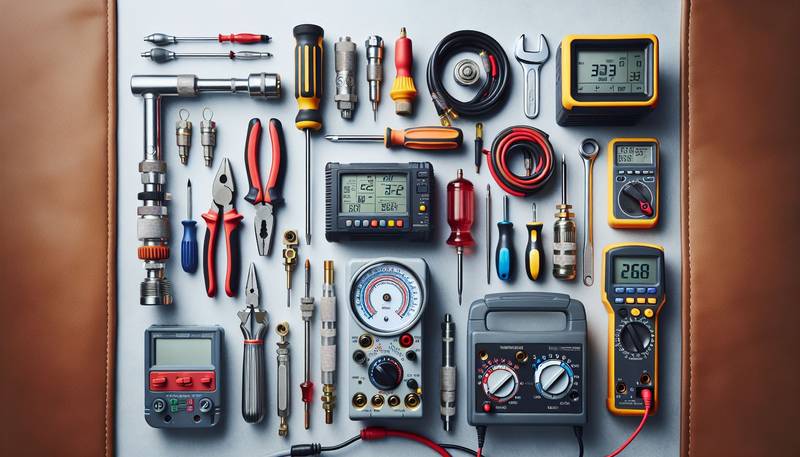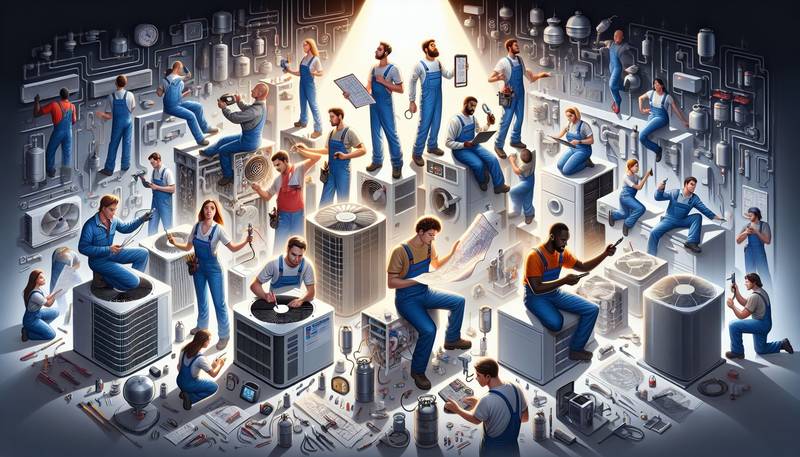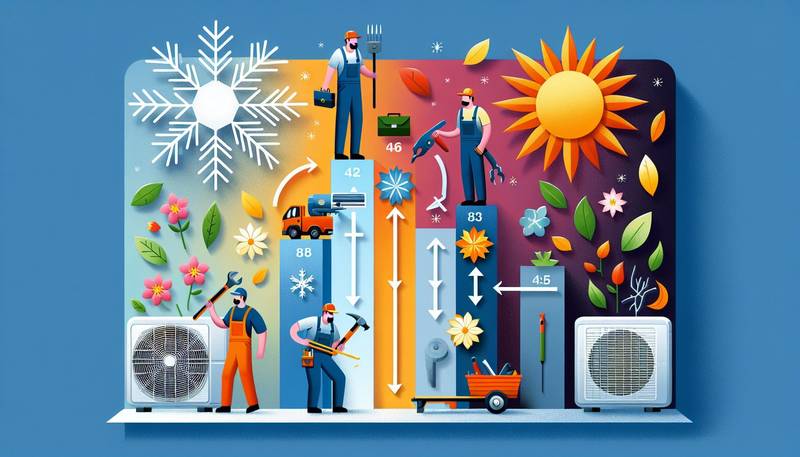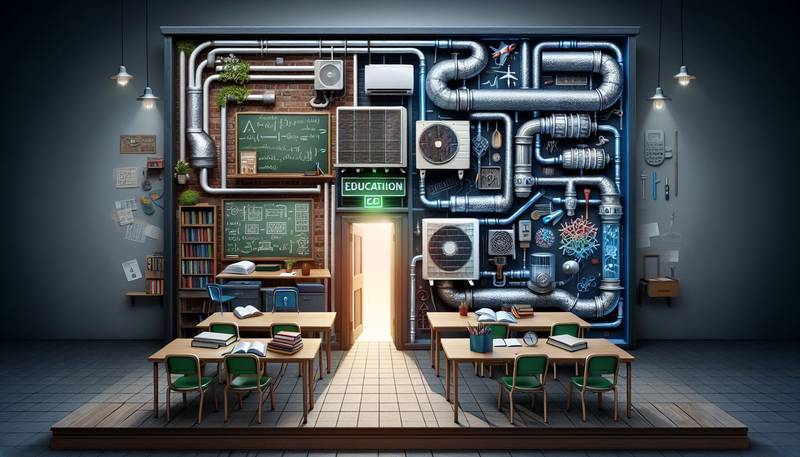Retrofitting the Old: The Challenge of Updating Ancient Air Conditioning Systems
Upgrading these outdated systems requires careful planning, design, and execution to ensure efficiency, cost-effectiveness, and sustainability. In this article, we will explore the complexities of updating ancient air conditioning systems in old buildings, discussing the obstacles that engineers and building owners face and the solutions that can be implemented to overcome these challenges.
The Challenge of Compatibility
One of the primary challenges in retrofitting ancient air conditioning systems is ensuring compatibility with modern HVAC equipment. Older buildings often have outdated infrastructure that may not support the energy-efficient technologies available today. This can pose a hurdle for engineers looking to upgrade the existing systems without causing disruptions to the building's operations. Retrofitting old air conditioning systems requires a thorough assessment of the building's layout, capacity, and cooling requirements to determine the best approach for integration.
Limited Space for New Equipment
Another obstacle in updating ancient air conditioning systems is the limited space available for installing new equipment. Older buildings were not designed with modern HVAC systems in mind, making it challenging to find suitable areas for accommodating new units, ductwork, and controls. Engineers must work within these constraints to develop innovative solutions that maximize space utilization while ensuring optimal performance and efficiency. Retrofitting old air conditioning systems may involve redesigning existing layouts, relocating equipment, or implementing compact solutions that can fit into tight spaces.
Balancing Performance and Preservation
Preserving the historic integrity of old buildings while enhancing their air conditioning systems presents a unique challenge for engineers and building owners. Retrofitting must strike a balance between improving performance and efficiency without compromising the architectural and historical significance of the structure. This requires a meticulous approach to design and implementation, taking into account the building's heritage value, aesthetics, and structural integrity. Retrofitting old air conditioning systems may involve customizing solutions that blend seamlessly with the building's design while meeting modern standards for energy efficiency and sustainability.
Overcoming Technical Limitations
Ancient air conditioning systems may be limited by technical constraints that affect their effectiveness and reliability. These systems may lack the advanced features and capabilities of modern HVAC equipment, making it challenging to achieve optimal performance and energy savings. Retrofitting old air conditioning systems involves overcoming technical limitations through innovative solutions that enhance functionality, efficiency, and operational flexibility. Engineers may need to upgrade components, retrofit controls, or integrate supplemental technologies to improve system performance and extend the lifespan of the equipment.
Sustainable Retrofitting Practices
In the face of increasing environmental concerns and energy costs, sustainable retrofitting practices have become imperative for updating ancient air conditioning systems. Engineers and building owners must prioritize energy efficiency, resource conservation, and environmental stewardship in retrofit projects to minimize carbon footprint and operating costs. Sustainable retrofitting practices may include incorporating renewable energy sources, optimizing building envelope performance, implementing energy management systems, and adopting eco-friendly refrigerants. By embracing sustainable solutions, retrofitting old air conditioning systems can contribute to a greener, more resilient built environment for future generations.
Conclusion
Retrofitting ancient air conditioning systems in old buildings presents a multifaceted challenge that requires a comprehensive understanding of the building's historical, architectural, technical, and environmental aspects. Engineers and building owners must navigate through compatibility issues, space constraints, performance considerations, technical limitations, and sustainability goals to achieve successful retrofit projects. By addressing these challenges with innovative solutions and sustainable practices, ancient air conditioning systems can be updated to meet modern standards for comfort, efficiency, and environmental responsibility.
